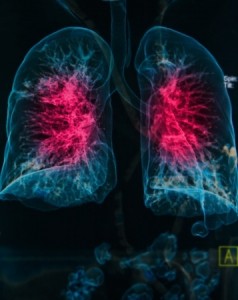Understanding COPD
 Now more than ever, the air we breathe, the food we eat, and the water we drink is all loaded with damaging toxins and hazardous chemicals. This widespread pollution, made worse by habits like smoking, is causing COPD in far too many people.
Now more than ever, the air we breathe, the food we eat, and the water we drink is all loaded with damaging toxins and hazardous chemicals. This widespread pollution, made worse by habits like smoking, is causing COPD in far too many people.
Defining COPD
Chronic Obstructive Pulmonary Disease is not a singular disease itself, but rather an umbrella term for progressive lung diseases like chronic bronchitis, asthma, and emphysema. It affects more than 20 million people in our country today, so education and prevention are key.
Identifying COPD
Since the signs of COPD overlap with those for the common cold and anxiety, COPD is often misdiagnosed at first. Frequent coughing and wheezing, breathlessness, and chest tightness are all classic symptoms of COPD, but some people don’t even notice symptoms until the disease has progressed.
Early screening can identify COPD before major loss of lung function occurs, so it’s vital to visit your doctor if you smoke or work in a high-risk environment, like a chemical laboratory.
Treating COPD
If caught early enough, COPD can be handled by simply quitting smoking or ending second-hand smoke exposure. Even in more advanced situations, there are different therapies and medications available to reduce complications and help you enjoy a normal and active life.
For those with severe emphysema who don’t achieve relief with medication and therapy alone, surgery is now an option. Lung reduction surgery removes small pieces of damaged lung tissue from the upper lungs so that healthy tissue can grow.
It’s easy to put off a doctor’s visit under excuses like I don’t have enough time, or, My co-pay is too expensive. But procrastination will do nothing but make a preventable problem worse. The body is meant to adapt and heal, but only if you treat it well and provide it with the right tools to thrive.

